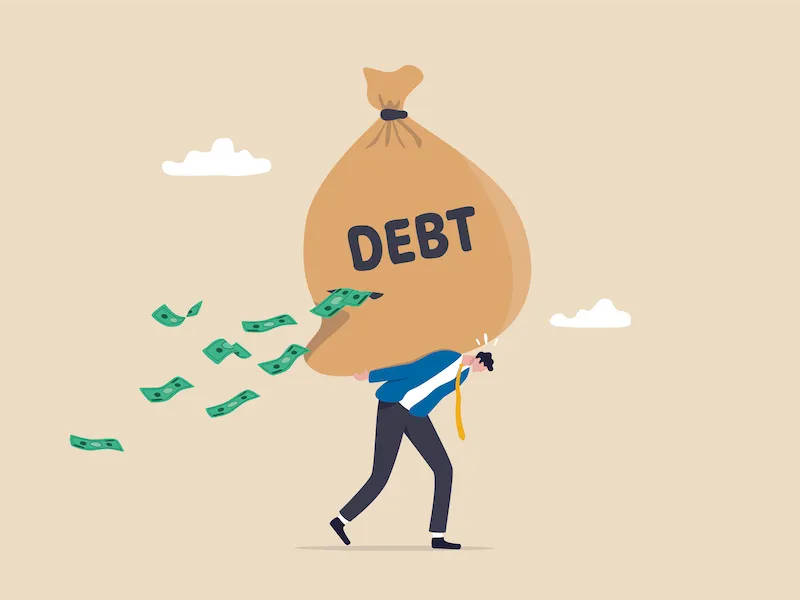Debt Dynamics: How Private Debt and Economic Indicators Affect Consumer Spending

Private Debt Reductions Impacting Economic Indicators
In the latest evaluations, U.S. corporations have curbed their debt burdens significantly. Private debt, particularly among major companies, has seen a noteworthy decrease. As S&P Global Ratings indicates, total debt has fallen to US$8.43 trillion in the second quarter. This reduction aligns with shifting economic indicators that reflect changing consumer spending habits.
The Role of Interest Rates and Monetary Policy
Current interest rates and monetary policy decisions are intertwined with these developments. The reduction in debt indicates confidence in economic recovery, affecting credit ratings positively across various sectors.
Impact on Energy and Technology Stocks
- Energy stocks are showing resilience against debt pressures.
- Technology stocks also align with these shifts, buoyed by innovation despite debt decreases.
- Stable consumer spending fuels market confidence.
- Investor sentiment is starting to shift as debt levels moderate.
This article was prepared using information from open sources in accordance with the principles of Ethical Policy. The editorial team is not responsible for absolute accuracy, as it relies on data from the sources referenced.